What is Variable Aperture in iPhone 18 series?
The upcoming Apple iPhone 18 series is rumored to feature a groundbreaking camera innovation: a variable aperture lens on its main camera. This technology, widely used in professional cameras and present on a few Android devices, could be a game-changer for iPhone photography, significantly enhancing image quality in a range of lighting conditions. Although Apple is not the first to introduce this feature to the smartphone market—Samsung and other Android makers previously experimented with variable aperture lenses—the technology’s integration within Apple’s ecosystem may yield unique advantages, blending hardware sophistication with Apple’s AI-driven computational photography advancements.
In simple terms, an aperture is the opening in a camera lens that allows light to reach the camera sensor. A “variable” aperture allows this opening to change sizes, while a “fixed” aperture, which is currently standard on most smartphones, maintains a single setting. With variable aperture technology, the lens can adjust between wider and narrower apertures, each offering specific photographic benefits. A wider aperture (represented by a lower f-stop number) allows more light to enter, ideal for low-light photography and producing a shallow depth of field, which blurs the background and brings focus to the subject. A narrower aperture (higher f-stop number), on the other hand, reduces light intake, making it useful for well-lit scenes and providing a deep depth of field where more of the scene is in focus.
The result is a flexible camera that can perform optimally in both bright and dim lighting environments. For instance, in bright daylight, a narrower aperture can produce sharper images with more detail across the entire frame. In low-light settings, a wider aperture can enhance brightness and reduce noise. This flexibility could transform mobile photography for iPhone users by reducing the need for software-based corrections, which can sometimes degrade image quality.
Why a Variable Aperture Matters for iPhone Users
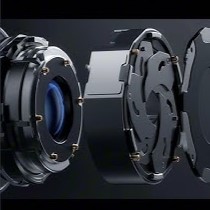
Apple’s potential adoption of a variable aperture is significant for several reasons. The company has consistently improved its camera system, balancing hardware innovations with software enhancements, as seen in features like Deep Fusion and Night Mode. Adding a variable aperture lens could take these enhancements even further by providing native, hardware-level control over lighting and depth of field, making iPhones more versatile in various scenarios.
- Enhanced Low-Light Performance: With a wider aperture setting, the iPhone 18’s camera would be able to capture more light in low-light conditions, reducing reliance on software processing and enhancing image quality. This could result in photos with less noise, more accurate colors, and greater detail, especially in night shots or dimly lit environments. Since low-light photography has traditionally been a challenging area for smartphones, a variable aperture could greatly enhance iPhone users’ experience in these conditions.
- Better Portraits: The ability to switch to a wide aperture setting allows for a shallow depth of field, creating professional-looking portraits with a soft, blurred background and sharp focus on the subject. Unlike software-generated portrait modes, which sometimes struggle to cleanly separate the subject from the background, a variable aperture would deliver authentic, optical-quality blur, or “bokeh.” This upgrade would make the iPhone an even more attractive option for users who prioritize portrait photography.
- Improved Daylight Shots: Conversely, a narrower aperture setting will enable users to capture sharp, clear images in bright conditions. By reducing the amount of light entering the lens, a smaller aperture helps prevent overexposure and keeps more elements in focus, making it ideal for landscape and architecture shots. This control over depth of field in bright environments will be especially beneficial for capturing intricate details in photos where clarity across the entire frame is essential.
How Apple’s Approach Could Stand Out
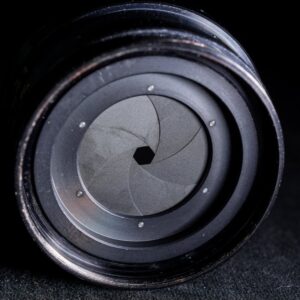
Apple’s implementation of a variable aperture lens would likely leverage the company’s robust computational photography technology. Apple’s iPhones have consistently incorporated AI-driven enhancements, such as the Smart HDR and Night Mode, which dynamically adjust photo parameters based on the environment. By pairing a variable aperture with these intelligent software features, the iPhone 18 could automatically select the best aperture setting for each scene, maximizing quality while minimizing the need for user adjustments.
Furthermore, the company could allow users to manually select the aperture setting through the camera app, similar to advanced settings available in digital cameras. This manual control would appeal to photography enthusiasts who seek more creative control over their shots. Alternatively, users could rely on automatic settings where Apple’s AI-driven algorithms intelligently choose the ideal aperture based on lighting conditions, movement, and subject distance.
How Does the Apple iPhone 18 Compare with Android Competitors?
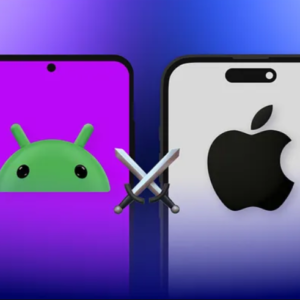
Apple isn’t pioneering this technology on smartphones. Samsung first introduced variable aperture technology with its Galaxy S9 in 2018, allowing users to toggle between f/1.5 and f/2.4 apertures. While Samsung eventually moved away from this feature, companies like Huawei, Xiaomi, and Honor have continued experimenting with variable apertures in their flagship models. Each of these implementations showed that while the technology can add versatility to smartphone cameras, the real challenge lies in effective integration with software to optimize results.
Apple’s anticipated adoption of this technology, however, comes with the advantage of maturity in its computational photography. While Android manufacturers like Xiaomi and Honor have achieved impressive results, Apple’s control over both hardware and software allows it to ensure seamless integration and performance. With its track record in blending hardware innovation with software precision, Apple’s variable aperture lens could outperform current Android options, providing a more reliable, adaptable camera experience.
Potential Impact on Smartphone Photography
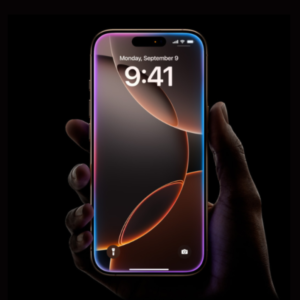
If Apple successfully introduces a variable aperture lens, it could set a new industry standard. By making the Apple iPhone 18 camera adaptable to a broader range of lighting and depth requirements, Apple may drive other manufacturers to revisit and refine variable aperture technology, potentially sparking a new wave of advancements in mobile photography. Moreover, it could prompt more professionals and photography enthusiasts to consider iPhones as legitimate alternatives to standalone cameras, especially for day-to-day shooting needs.
The rumored addition of a variable aperture lens on the iPhone 18 underscores Apple’s continued dedication to pushing the envelope in mobile photography. While the feature is likely to be available initially on the high-end Apple iPhone 18 Pro and Pro Max models, it could eventually extend to other models if the technology proves successful. As the iPhone camera evolves, Apple continues to position itself at the forefront of mobile innovation, ensuring that its devices offer users both unparalleled convenience and powerful creative tools in their pockets.
With a variable aperture, the iPhone 18 is expected to elevate the smartphone camera experience, providing unmatched versatility across different lighting conditions and subjects. Whether users are capturing professional-quality portraits, low-light scenes, or detailed landscapes, the iPhone 18’s camera may soon become the most advanced, all-purpose mobile photography tool on the market. Stay tuned with us on Facebook & Instagram for more info about every rumors about upcoming iPhone Series.
More From Trendsgram
- The Battle for the Throne: Will the Bloodline Survive WWE’s WarGames Showdown?
- OnePlus 13 to Feature Game-Changing Tech from iPhones and Google Pixel
- OnePlus 13 Promises Exceptional Battery Life — Here’s What Makes It Stand Out
- Samsung Galaxy S25 Ultra Benchmark Leak Leaves iPhone 16 Pro Max in the Dust
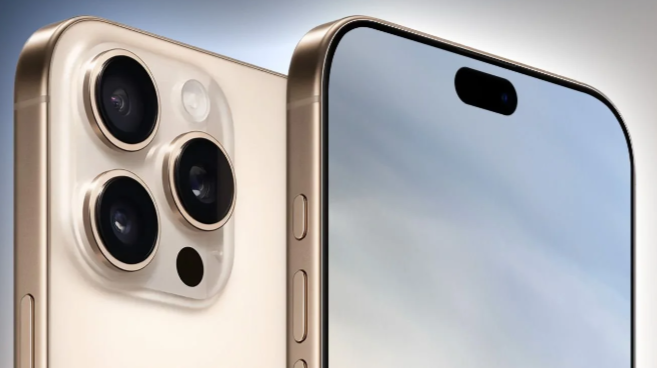
[…] Apple iPhone 18 May Add Variable Aperture to Its Camera — Why Photographers Will Care […]